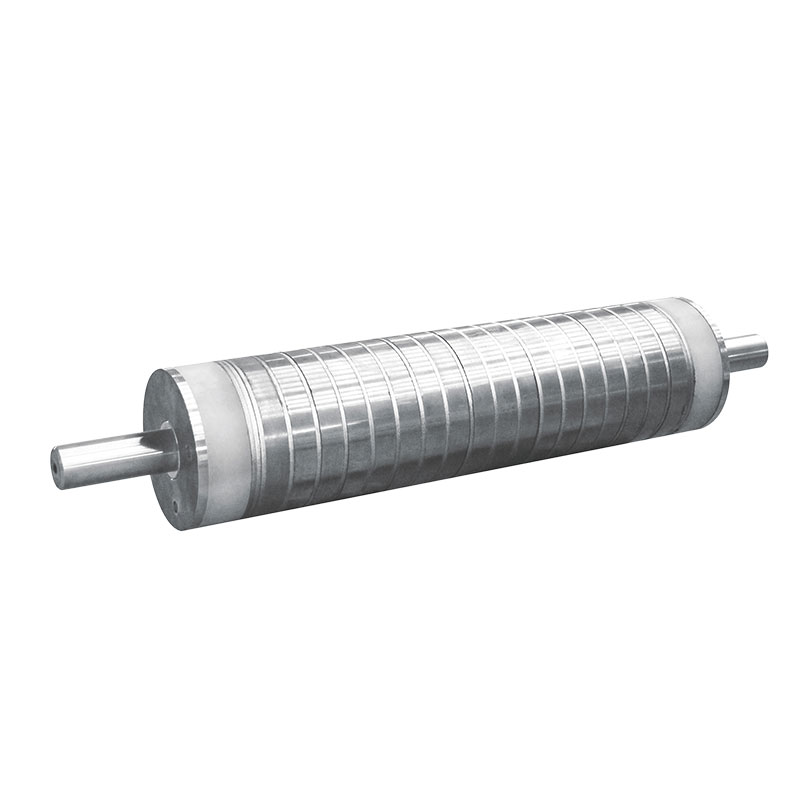How does a magnetic separator work?
2024-06-14
A magnetic separator is a device used to separate magnetic materials from non-magnetic ones. It utilizes magnetic forces to achieve this separation. The basic working principle involves the use of magnets to attract magnetic materials away from a mixture, leaving non-magnetic materials behind. Here’s a detailed explanation of how a magnetic separator works:

1. Introduction of the Material
- Feed: The material to be separated is fed into the magnetic separator, often in the form of a slurry or dry granular mixture. The feed is typically introduced to the separator via a conveyor belt, vibrating feeder, or other feeding mechanisms.
2. Magnetic Field Application
- Magnetic Field Generation: The separator generates a magnetic field through the use of permanent magnets or electromagnets. The magnetic field can be created in various configurations, depending on the type of separator and its intended use.
- Types of Magnets:
- Permanent Magnets: Made of materials like neodymium, samarium cobalt, or ferrite, these magnets generate a constant magnetic field without the need for an external power source.
- Electromagnets: These magnets create a magnetic field when an electric current passes through a coil of wire. The strength of the magnetic field can be adjusted by varying the current.
3. Separation Process
- Attraction of Magnetic Particles: As the mixture passes through the magnetic field, the magnetic particles in the material are attracted to the magnet. Depending on the design of the separator, these particles may adhere to a rotating drum, a moving belt, or other magnetic surfaces.
- Movement of Non-Magnetic Particles: Non-magnetic particles continue to move along their original path, unaffected by the magnetic field. This allows them to be separated from the magnetic particles.
4. Collection of Separated Materials
- Magnetic Material Collection: The magnetic particles that adhere to the magnetic surface are transported to a separate collection area. This can be achieved through various mechanisms, such as scraping them off a drum or belt, or allowing them to drop off at a specific point where the magnetic field is no longer present.
- Non-Magnetic Material Collection: The non-magnetic particles are collected separately, usually by gravity or through a different conveyor system, ensuring that they are kept apart from the magnetic particles.
5. Types of Magnetic Separators
- Drum Magnetic Separator: Features a rotating drum with a fixed magnet inside. The magnetic particles adhere to the drum’s surface and are carried to a collection area as the drum rotates.
- Belt Magnetic Separator: Involves a continuous belt that runs over magnetic pulleys. Magnetic particles are attracted to the belt and carried to a collection point, while non-magnetic particles fall off the belt.
- Overband Magnetic Separator: Suspended over a conveyor belt, this separator attracts magnetic particles from the material moving on the belt below, lifting them off and away from the non-magnetic material.
- Wet Magnetic Separator: Used for separating fine magnetic particles from liquids or slurries. Magnetic particles are attracted to a drum or belt in a wet environment, facilitating separation.
6. Applications of Magnetic Separators
- Recycling: Removing ferrous contaminants from recycled materials.
- Mining: Extracting magnetic minerals from ores.
- Food Industry: Ensuring food products are free from metal contaminants.
- Chemical and Pharmaceutical Industries: Purifying products by removing metal impurities.
Conclusion
Magnetic separators are versatile tools in various industries for separating magnetic materials from non-magnetic ones. They operate on the principle of magnetism, leveraging magnetic fields to attract and separate magnetic particles from mixtures, ensuring purity and safety in the final product.


